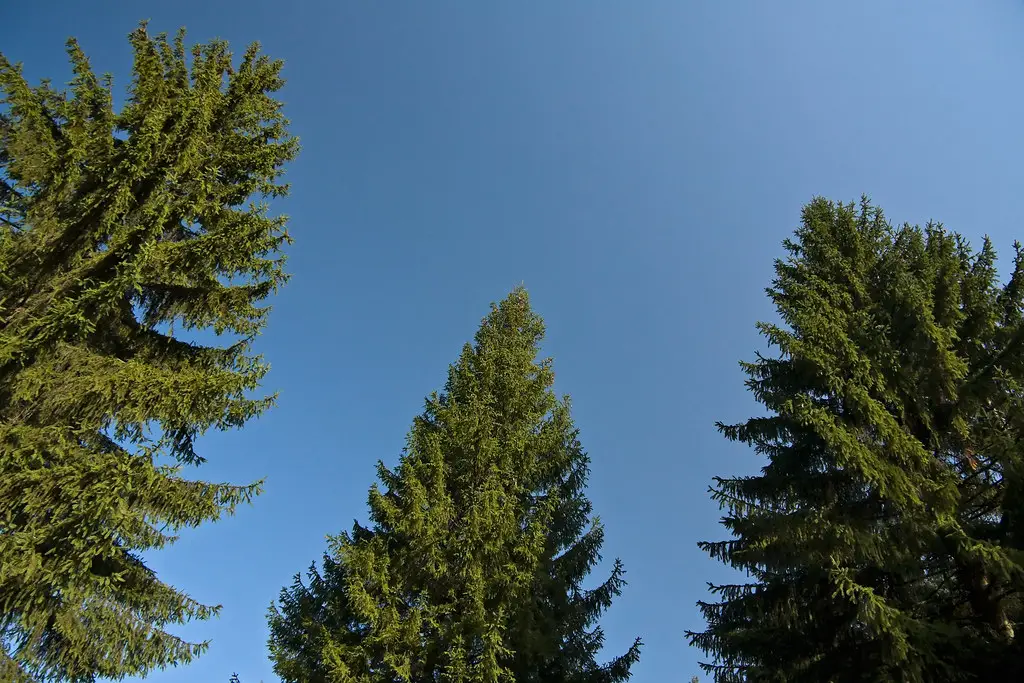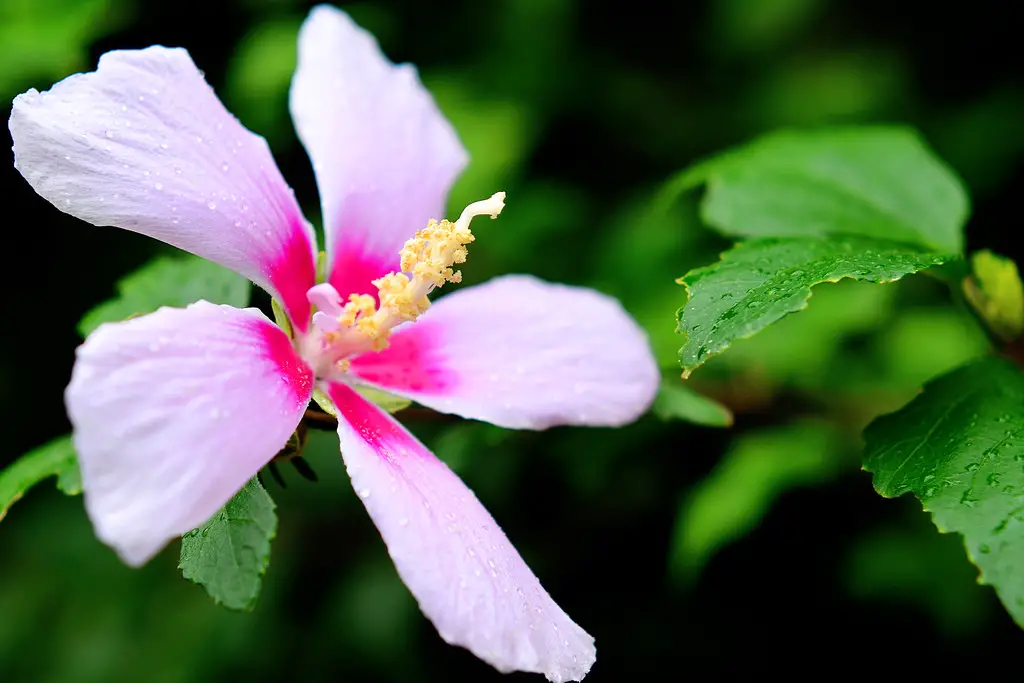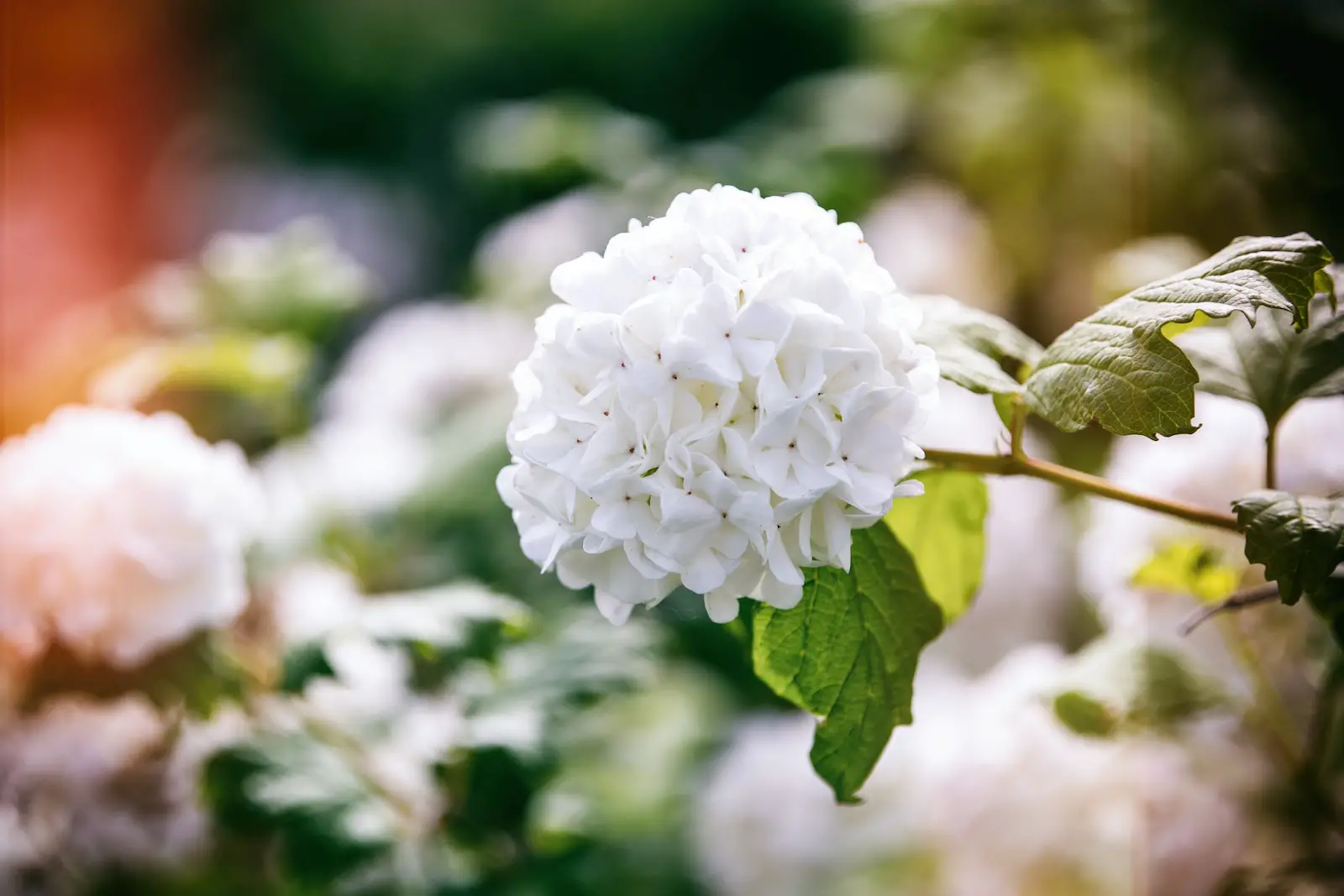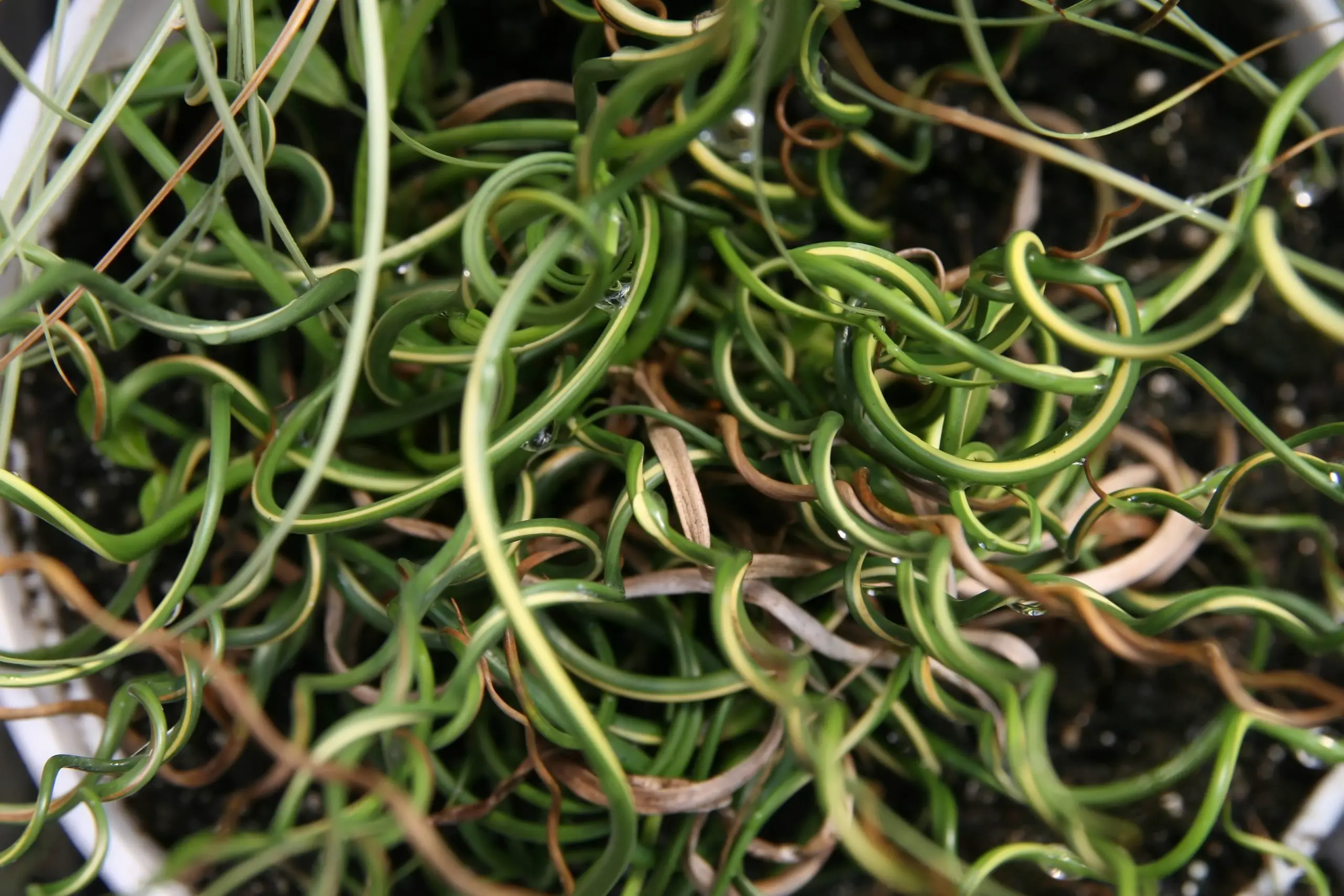The Norway Spruce, a coniferous evergreen tree, is known for its majestic beauty and widespread presence in various landscapes. Originating from Northern, Central, and Eastern Europe, the Norway Spruce is recognized for its deep green needles, reddish-brown cones, and dense branches that form a beautiful conical shape. It’s often associated with Christmas traditions and is a popular choice for Christmas trees.
In the wild, Norway Spruce can be found in mountainous areas, contributing significantly to forest ecosystems. It provides shelter and food for various wildlife and plays an essential role in stabilizing the soil. The timber from the Norway Spruce is highly valued in construction, and the tree has been cultivated for centuries for both its aesthetic appeal and economic importance.
The Norway Spruce is a resilient tree that can thrive in various environments, including urban areas. It grows relatively quickly and can reach impressive heights, making it suitable for windbreaks, privacy screens, and as a dominant feature in spacious gardens. Here’s a comprehensive guide to understanding and growing this remarkable tree.
| Common Names | Norway Spruce |
|---|---|
| Botanical Name | Picea abies |
| Family | Pinaceae |
| Plant Type | Evergreen Tree |
| Mature Size | 40-60 feet tall and 25-30 feet wide |
| Sun Exposure | Full Sun |
| Soil Type | Moist, Well-drained, Acidic to Neutral Soil |
| Hardiness Zones | 2 to 7 |
| Native Area | Northern, Central, and Eastern Europe |
Norway Spruce Care
Caring for Norway Spruce is quite straightforward once the tree is established. Planting should be done in a sunny location with well-drained soil, ensuring enough space for its growth. Watering is necessary during the initial growth phase and in prolonged dry periods.
While Norway Spruce generally doesn’t require regular fertilization, adding some balanced fertilizer or compost during planting can give a good start. Pruning is minimal but can be done to shape the tree or remove any dead or diseased branches.
Light Requirement for Norway Spruce
Full sun is ideal for the Norway Spruce. The tree needs at least 6 hours of direct sunlight daily to grow healthy and maintain its dense, green foliage.
Soil Requirements for Norway Spruce
Norway Spruce thrives in moist, well-drained soil that is slightly acidic to neutral. It can adapt to various soil types, including sandy, loamy, and even clay, as long as the drainage is adequate.
Water Requirements for Norway Spruce
While the Norway Spruce is drought-tolerant once established, regular watering during its first few years and during dry spells is essential. A deep watering once a week is usually sufficient.
Temperature and Humidity
Norway Spruce can withstand cold temperatures, making it suitable for regions with harsh winters. It thrives in hardiness zones 2 to 7. Humidity generally does not affect the tree significantly.
Fertilizer
Fertilizing is usually unnecessary for mature Norway Spruce. However, a balanced fertilizer at planting time or in early spring can promote growth, especially in poor soil conditions.
Pruning Norway Spruce
Pruning is not a regular requirement for Norway Spruce. It can be done to shape the tree or remove dead or diseased branches. Pruning should be done in late winter or early spring to avoid sap flow.
Propagating Norway Spruce
Propagating Norway Spruce can be done through cuttings or seeds. Cuttings are typically taken in late summer, treated with rooting hormone, and planted in a growing medium.
How To Grow Norway Spruce From Seed
Growing Norway Spruce from seed requires stratification. Seeds should be sown in pots filled with moist soil mix and stored in the refrigerator for about four weeks before planting.
Common Pests & Plant Diseases
Aphids
Aphids can be treated with insecticidal soap or neem oil.
Cytospora Canker
A fungal disease that can be controlled by proper pruning and avoiding water stress.
Common Problems With Norway Spruce
Needle Drop
Caused by various diseases or pests, treatment depends on proper diagnosis.
Shallow Root System
The tree’s shallow root system may cause instability. Planting in well-drained soil can mitigate this issue.
Pro Tips
- Plant Norway Spruce with enough space to accommodate its mature size.
- Mulching around the base can help retain moisture and suppress weeds.
- The tree is sensitive to pollution, so avoid planting near roads with heavy traffic.



